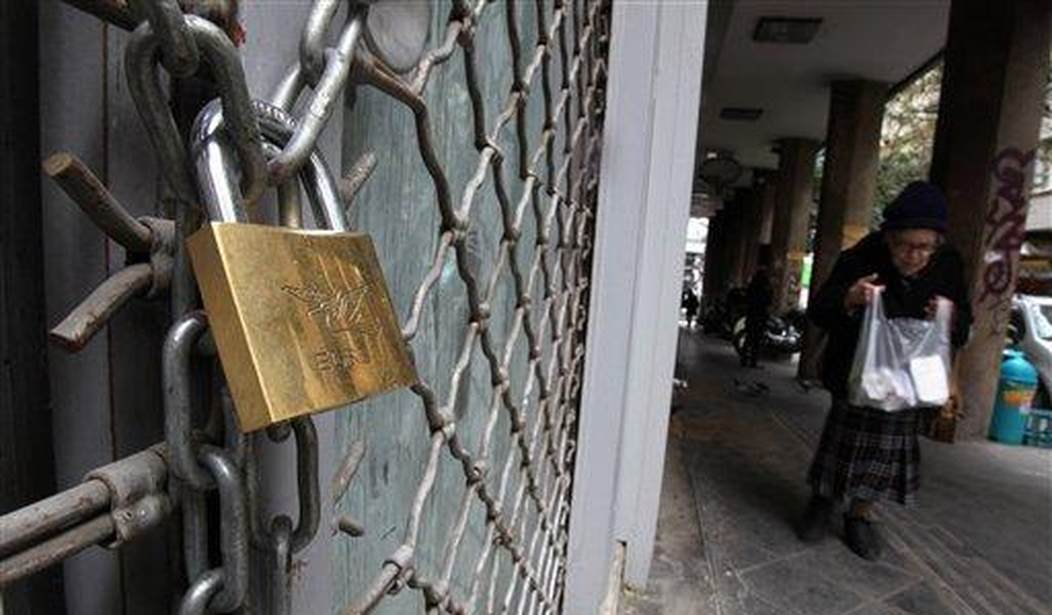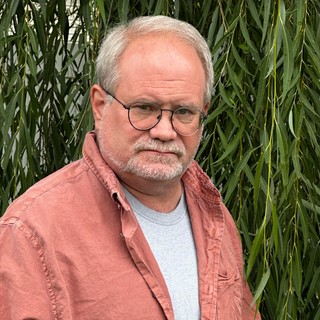Last month, the Biden administration rolled out its ambitious plan to save the planet from the dangers of carbon. The U.S. National Blueprint for Transportation Decarbonization: a Joint Strategy to Transform Transportation (catchy name, isn’t it?) will play a key role in creating a 100% clean electrical grid by 2035, which will aid in reaching the goal of net-zero greenhouse gas emissions from transportation by 2050. The plan asserts that transportation costs are the second largest expense for American households and that “a well-planned transition to a sustainable transportation future” will improve well, just about everything.
Like any government document, it is a lengthy one that is full of gov-speak. After years of reading these kinds of documents, I am convinced that the people that write them make them so long and verbose, not so much for obfuscation (well, not totally) but because the more pages with glowing descriptions and optimistic forecasts a document has, the more legitimate it appears.
In addition to an approach to urban planning to make communities and access to work, etc, more walkable and bikeable, the plan also wants to increase public transportation options like rail, and of course, the transition to zero-emission vehicles. In other words, if you like your car you can keep your car. So long as it is an EV.
Carpooling or ride-sharing has been touted as a way to reduce emissions. There are big electronic signs over the freeways in my area that repeatedly tell me that. But the plan takes issue with that idea. While noting that the practice can reduce emissions, it also laments that the process of driving around picking up and dropping off passengers contributes to the greenhouse gas problems along with the fact that some of these vehicles may be empty except for the driver when someone is not carpooling. So the distance you travel to pick up a buddy for your carpool makes you part of the problem, not the solution. The plan also asserts that people are less prone to share rides in the wake of the pandemic.
Related: It’s Now Cheaper to Drive 100 Miles in a Gas-Powered Car Than in an EV
But the plan finds some measure of salvation in keeping us at home. Several times, the document touts the benefits of remote work. The plan mentions that remote work became common during the pandemic. It notes that an increase in remote work can change travel patterns, especially during peak commute times. In other places the document states:
New technologies could also improve convenience through better mobility and access. For example, telework, the shared economy, and e-commerce are transforming our lives and changing the way we access goods and services. Mobile applications can more seamlessly integrate multiple travel options, including transit, e-bike and scooter options, multimodal freight, and others on a single platform. Additionally, mobile technologies have allowed digital service offerings to replace some trips. Telework is now commonplace, and remote access to services like healthcare and education has grown. E-commerce is widespread.
Telework and other components of a digital economy that allow consumers to access information and services remotely can improve convenience by reducing travel demand, especially for work commuting. The COVID-19 pandemic has highlighted major opportunities for telework, with some studies showing the possibility of 10% long-term reduction in annual VMT REF. However, for most travel modes, total travel activity has already returned to near pre-pandemic levels. Ultimately the impact of telework depends on the specific travel displaced and whether additional travel is induced due to vehicle use by other household members, possible relocation decisions, impacts to commercial centers, and other complex factors. Overall, the transportation implications of telework are not yet fully understood.
As the Washington Free Beacon noted, small business owners are already upset about the plan, since they still vividly remember the effects of the quarantine on their businesses. Alfredo Ortiz, who is the president of the Job Creators Network, sees the same circumstances arising from the Biden administration’s plan. He told the Free Beacon, “Once again, the Biden administration is blindly pursuing a ‘green’ agenda despite the unintended consequences it poses to the economy and, more specifically, small businesses. Small businesses struggled to survive the pandemic and we don’t need to return to a similar environment in which in-person consumer demand is severely compromised.”
The plan does more than put small businesses at risk, although that is no small thing. It restricts Americans’ freedom. How much more complicated will trips or errands become? At what point will it become too cumbersome to lug groceries or other purchases around on public transportation? And what becomes of entrepreneurs when people lose the ability or desire to shop? Will our lives be subject to train and bus schedules? Will our choices for personal transportation be limited to EVs, scooters, and bikes? And will we be concentrated within our immediate communities with opportunities to venture further afield made illegal or unaffordable?
The Biden-Harris administration (their term, not mine) and whoever its handlers may be haven’t factored any of those things into their equation. After all, no one in their socio-economic circles will ever have to worry about these things. Or for that matter, keeping a business afloat. They are free to travel where they wish when they wish. To them, America is nothing more than a giant train set or stack of Legos to be torn down and reassembled to suit their vision. I picture them all sitting cross-legged on a floor, playing with toy monorails and tiny houses, completely oblivious to the fact that in reality, they are playing with people’s lives.










Join the conversation as a VIP Member